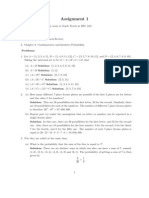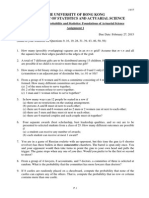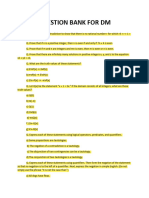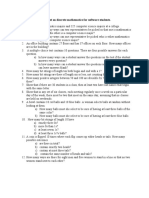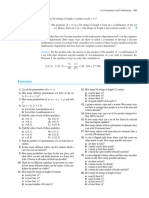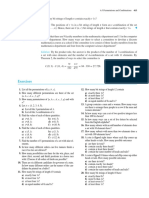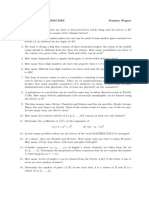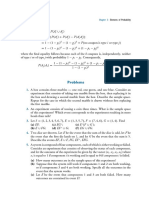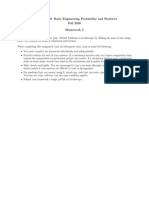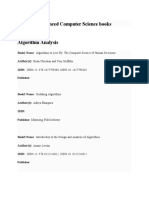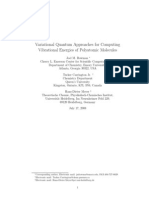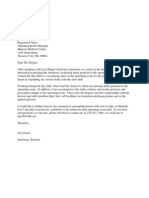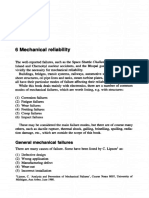MATH2081 | MATH2328: Math for Computing
1
Lecturers: Dr Nguyen Hieu Thao & Dr Jeff Nijsse
Email: thao.nguyenhieu@rmit.edu.vn
Tutorial Exercises: Counting Principles
and Discrete Probability
(2024C, Week 8)1
1. Consider strings of length 5 formed using the letters A, B, C, D, E, F, G without repetitions.
How many strings begin with AC or DB in that order?
2. Refer to the integers from 5 to 200, inclusive. How many have the digits in strictly increasing
order? Examples are 8, 13, 147.
3. Refer to a set of five distinct computer science books, three distinct mathematics books,
and two distinct art books. In how many ways can these books be arranged on a shelf if
all books of the same discipline are grouped together?
4. A six-person committee composed of Alice, Ben, Connie, Dolph, Egbert, and Francisco is
to select a chairperson, secretary, and treasurer. How many selections are there in which
either Connie is chairperson or Alice is an officer or both?
5. Determine how many strings, containing either the substring AE or the substring EA or
both, can be formed by ordering the letters A, B, C, D, E.
6. Refer to a club consisting of six distinct men and seven distinct women.
(a) In how many ways can we select a committee of three men and four women?
(b) In how many ways can we select a committee of four persons including both genders?
7. A coin is flipped 10 times.
(a) How many outcomes have a head on the fifth toss?
(b) How many outcomes have as many heads as tails?
8. Two dice are rolled.
(a) List the members of the event ‘the sum of the numbers on the dice is even.’
(b) List the members of the event ‘doubles occur’ (i.e., the same number on both dice).
1 Most of the content of this document is taken from the book [1].
�2
9. A card is selected at random from an ordinary 52-card deck. What is the probability that
it is a heart?
10. Two fair dice are rolled. What is the probability that the sum of the numbers on the dice
is 9?
11. Four microprocessors are randomly selected from 100 microprocessors among which 10 are
defective. Find the probability of obtaining no defective microprocessors.
12. A computer randomly generates a 6-bit integer n. What is the probability of the event
that n is greater than or equal to 60? The probability of generating every 6-bit integer is
assumed the same. Explain your answer.
13. Consider the Boolean expression E = x ∨ y ∨ z ∨ (x ∧ z), where x, y and z are Boolean
variables. Assume that the inputs x, y and z are randomly assigned the value 1 or 0. What
is the probability of the event that E = 1?
14. Suppose that each person in a group of 32 people receives a check in January. Prove that
at least two people receive checks on the same day.
15. Suppose that six distinct integers are selected from the set S = {1, 2, 3, 4, 5, 6, 7, 8, 9, 10}.
Prove that at least two of the six have a sum equal to 11.
Hints. Consider the partition {1, 10}, {2, 9}, {3, 8}, {4, 7}, {5, 6} of the set S.
References
1. Johnsonbaugh, R.: Discrete Mathematics - Eighth Edition. Pearson Education, New York
(2018).


